1960 P.D. Eastman’s “Are You My Mother?”: 58 ppm Lead + 971 ppm Antimony! Are your kid’s books safe? Are they vintage?
Introduction (for those new to this website):
Tamara Rubin is an independent advocate for consumer goods safety. She is also a mother of Lead-poisoned children. She began testing consumer goods for toxicants in 2009 and was the parent-advocate responsible for finding Lead in the popular fidget spinner toys in 2017. Tamara uses XRF testing (a scientific method used by the U.S. Consumer Product Safety Commission) to test consumer goods for metallic toxicants, including Lead, Cadmium, Mercury and Arsenic.
When tested with an XRF instrument, this 1960 hardcover “Book Club Edition” of “Are You My Mother”, by P.D. Eastman had the following readings:
On the (exterior) cover:
- Lead (Pb): 52 +/- 6 ppm
- Antimony (Sb): 222 +/- 25 ppm
- Bromine (Br): 9 +/- 2 ppm
- Zinc (Zn): 125 +/- 10 ppm
- Copper (Cu): 35 +/- 10 ppm
- Iron (Fe): 447 +/- 32 ppm
- Bismuth (Bi): 8 +/- 4 ppm
- Titanium (Ti): 4,956 +/- 315 ppm
Continue reading below the image.
On a sample of the (interior) pages:
- Lead (Pb): 58 +/- 7 ppm
- Antimony (Sb): 971 +/- 33 ppm
- Bromine (Br): 167 +/- 6 ppm
- Zinc (Zn): 116 +/- 10 ppm
- Iron (Fe): 827 +/- 43 ppm
- Titanium (Ti): 1,684 +/- 263 ppm
All tests reported on this blog are from tests done for a minimum of 30 seconds each. Tests were repeated multiple times (on each component) to confirm the results. Results are science-based, replicable, and accurate. All metals detected with the XRF instrument (in Consumer Goods mode) are listed above. If a metal was not detected by the XRF instrument it is not listed.
Continue reading below the image.
Important point to note:
While the only date that we could find printed on the book was 1960 (see image above), I want to be clear that this date is the copyright date. This particular book may very well have been printed years after that date. The book was owned by a woman who was born in the late 1970s, so it is possible it was purchased new as late as 1979 (or maybe even later). If the owners’ family provides me any additional information about the year they acquired this book, I will let you know. The Lead levels found in this book are consistent with a book printed in the 1960s or 1970s.
How much Lead is “too much Lead”?
The amount of Lead that is considered unsafe (and illegal) in a newly-manufactured item “intended for use by children” today is anything 90 ppm Lead (or higher) in the paint, glaze or coating, or anything 100 ppm Lead or higher in the substrate. With that context, this book would be considered “safe” by all current U.S. regulatory standards (within the current U.S. regulations’ “safe” range.)
HOWEVER: When considering possible toxicant exposure posed by vintage BOOKS, I do not think the current standard for Lead in consumer goods is strict enough. The Lead in vintage books (which is often found both in the covers and in pages that get a lot of handling by children – pages that wear and create dust) is more likely to be bioavailable to children handling the item, even at these low low levels, because it is more likely a dust hazard. In my professional opinion, a standard that is more in line with dust wipe sample standards should be applied to the concern for Lead in vintage books. Accordingly, I would not personally consider this book safe for children to use (especially given it is easily and cheaply replaced – a brand new version of this book can be found online or in stores for about $5.00 or less, and is completely Lead-free!)
What about the Antimony in this book?
What is THAT about?!
Yeah, well…I think this is a first for me — I have never looked for Antimony (and therefore don’t recall having ever found any) in a vintage book I have tested. I’ll have to look through some of my files to see if I have historically ever found any other children’s book that tested positive for Antimony like this.
Antimony is concerning – and I would consider the amount found in this book a high amount of Antimony in comparison to other products in our homes. The level found in this book is comparable to Antimony levels I have found in items treated with fire retardants – like some couches or mattresses. However, to my knowledge, exposure to Antimony in children’s books has never been studied for the potential health implications. Accordingly, I am certain that there is officially no “evidence” (scientific study or inquiry) supporting that the presence of Antimony in books might be any kind of actual health concern to children (even though in scientific experiments, Antimony exposure has been shown to cause cancer in rats.) But not to worry — the International Antimony Association has assured consumers that this type of exposure (from everyday products in our lives) is “completely safe”. As in the case of the Lead also found in this book’s ink, I personally would have significant concerns about potential implications for possible micro-dust exposure to Antimony from reading this book [perhaps of interest: it was specifically the brown ink on the pages of this book that was positive for such a high level of Antimony].
Takeaway:
Vintage books are not generally safe for children to play with or read [and while this one is fairly low Lead, I have tested many vintage books that have much higher Lead levels — in some cases orders of magnitude higher!]. If you must keep them for sentimental reasons, please keep them locked in a case behind glass – as you might with works of art, or other items of historical significance. Books made after 1980 are more likely to be Lead-free (but this is in no way guaranteed). Your best bet in looking for safe books (safe from a toxicant / heavy metal perspective) for use by young children is to only purchase books printed after 2011 (after which the United States Consumer Product Safety Improvement Act of 2008 was fully enforceable.)
Again, given how readily available new copies of this particular book are, I would always ignore any sentimentality over an older children’s book and opt for a brand new copy for your children (a copy which they can then safely hand down to their children and grandchildren too!) If there is a personal inscription (from a late family member or similar) or something else personal you want to save that has been written in an old book (and if that book was mass manufactured and has no value as an antique) – consider cutting out the page with the inscription and framing it behind glass.
What about children’s books in libraries?
Are they safe for kids to read?
With the implementation of the CPSIA in 2008, there was a big pushback from libraries and other institutions with large collections of older books. In the end, they were given more time to comply with the new regulations, but were – in the end – also required to only have newer books (books more likely to be Lead-free) in their children’s sections (sections of books where children are expected to read and handle the books.) If your children go to a public library for much of their reading, you can be very confident that the selection of children’s books there are likely to be Lead-free.
Unfortunately, many private schools, daycares, churches, community centers, etc.(especially those formed after 2011) might not know about these regulations — and may have a selection of unsafe (older/vintage) books in their collection. My best advice to parents facing a situation like this is that you might want to offer to volunteer to take the time to go through the book collection at the school or daycare and find and remove all the pre-1980 books and offer to replace them (or to help raise the funds to replace them) with newer copies of the same books.
Here are some articles discussing the pushback from the printing and library industries regarding the concern for Lead in books, and especially Lead in children’s books. Please understand the regulatory standards and related considerations in these articles only apply to newly-manufactured (post-2008) books:
- Book Manufacturing: https://bomi.memberclicks.net/cpsia
- Libraries: http://www.nysl.nysed.gov/libdev/youthsvs/cpsialis.htm
- Post discussing 1985 as a good cutoff year for book safety (from a Lead perspective): https://www.rarebookhub.com/articles/774?id=774
- Libraries: https://www.statelibraryofiowa.org/archive/e2009/f09/anti
From the 3rd article linked above: “In addition, the rule states: “Used vintage children’s books and other children’s products sold as collector’s items would not be primarily intended for children. Because of their value and age, they would not be expected to be used by children. Therefore, they do not fall into the definition of children’s product and do not need to comply with the lead limits.””
Unfortunately this exemption ignores the practical fact that in many homes (and some schools) across the country vintage books are often read by young children, especially books like the one pictured here in this post.
Some additional reading:
- To see more vintage books I have tested, click here.
- To see more books from the 1960s that I have tested, click here.
- To see more books from the 1970s that I have tested, click here.
- To see more hardcover books that I have tested, click here.
- Here is my Amazon affiliate link* for this book brand new on Amazon today (please make sure you are buying a new copy from a reputable vendor – with a good rating! – before completing your purchase!): https://amzn.to/2tSsbdo
Thank you for reading and for sharing my posts!
As always, please let me know if you have any questions.
Tamara Rubin
#LeadSafeMama
Amazon links are affiliate links. If you purchase something after clicking on one of my links I may receive a small percentage of what you spend at no extra cost to you.




Never Miss an Important Article Again!
Join our Email List


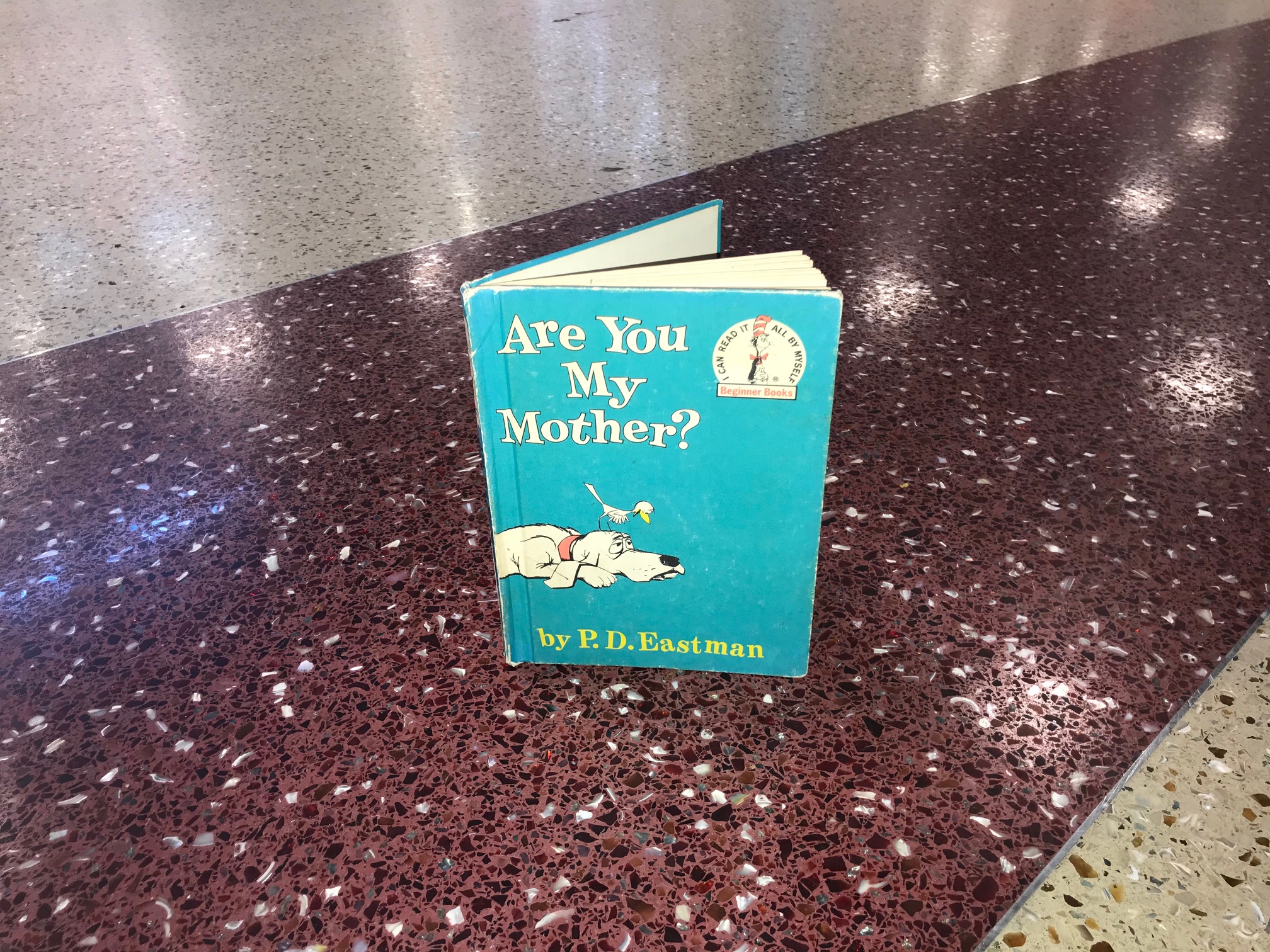

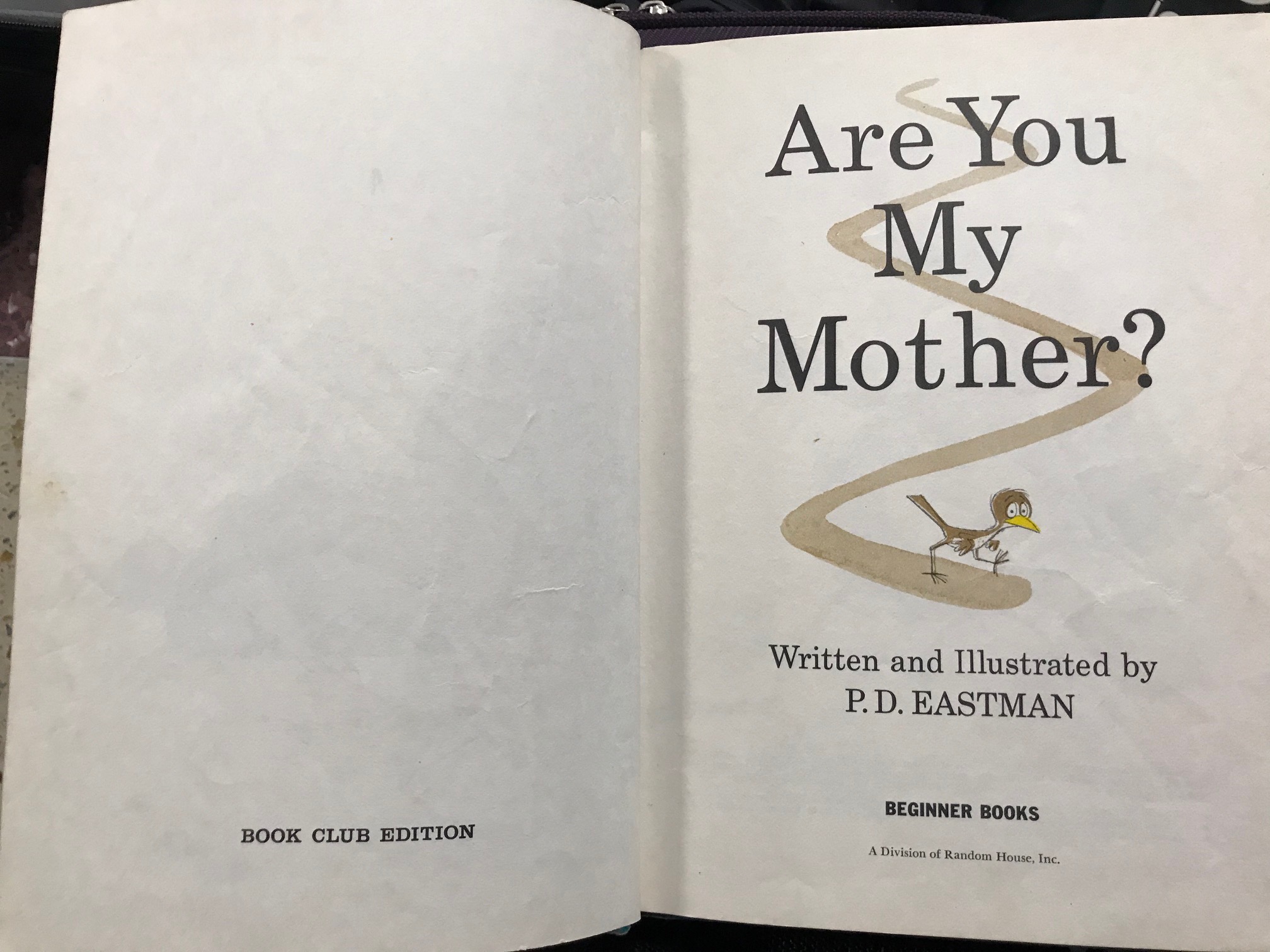
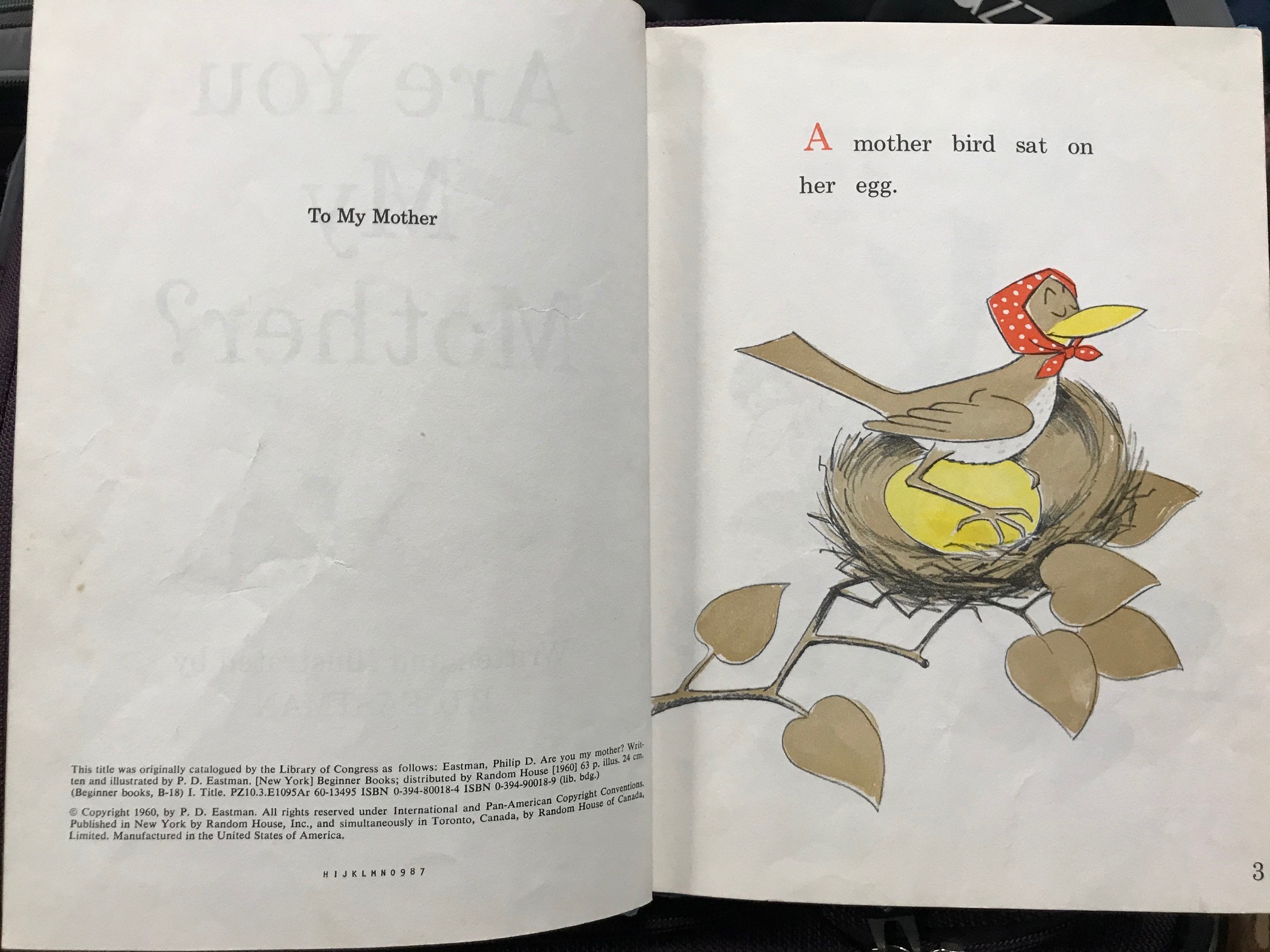
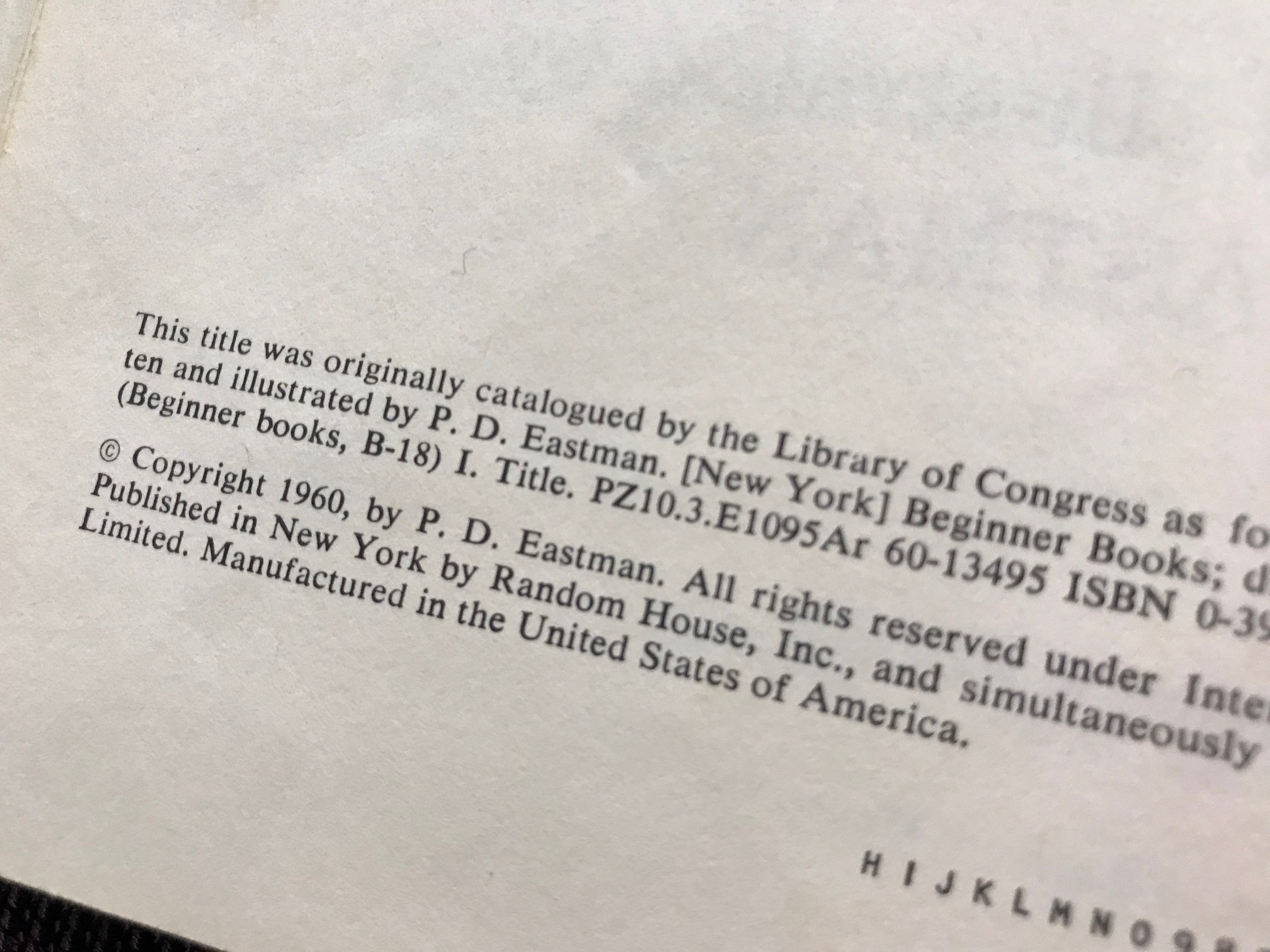
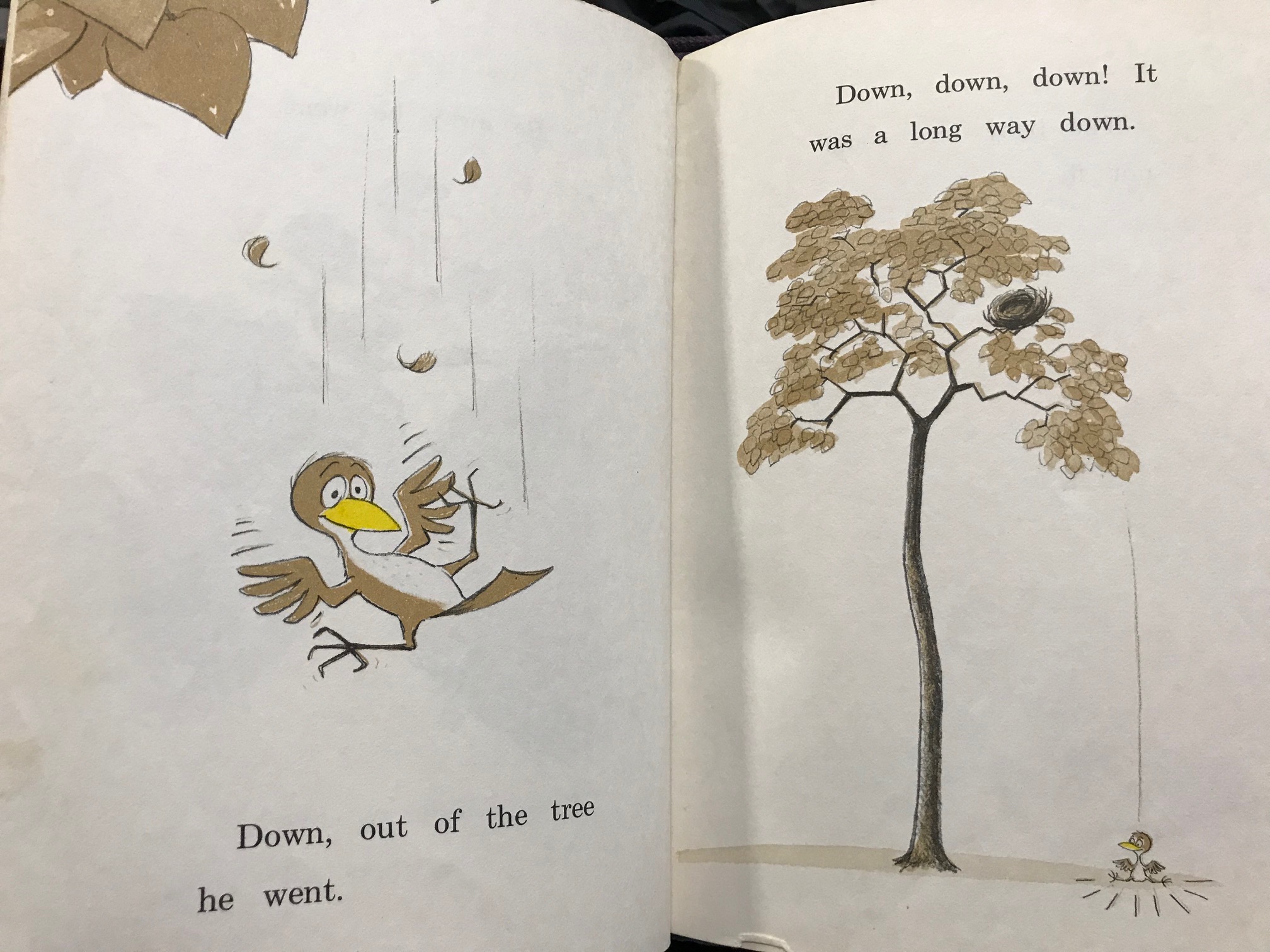

FYI standard paper, manufactured today, has 100ppm of lead.
It’s time to step back and really think about things. The vintage book is fine. You will be ok. Your children will be ok!
Hi Julia, that’s actually not true. I test paper things all the time. Modern paper is negative for Lead. If you look at the books I have tested from the 1980s they are also very low lead (10 ppm, vs. much higher in older years.)
I have this exact book with the date gifted hand written as 1968. The other vintage books I have from the 80’s have a higher gloss cover. Have been trying to talk myself into parting with them as they were in a water damaged basement. Your testing in the last nail in their coffin. Thanks for all your hard work.
The 1980s one may be lead-free, but the mold from water damage can be equally traumatic in terms of the health impacts on kiddos.
Tamara
A great book Have read it many, many times to children. Hopefully it will never get lost. Some of these kids are now 50 years old I love this book
Not a library science person. But, I wonder if this is a seventh printing. The series of numbers at the bottom are what indicate printings. H is the seventh number, and the 7 is the last in the series. Based on a quick Google search of how these numbers work, I am guessing a seventh printing. I am not sure what date this puts the book at, however.
Hi Kate! That’s terrific information. Thank you for commenting!
– Tamara
Glad to help! Thanks for all you do!